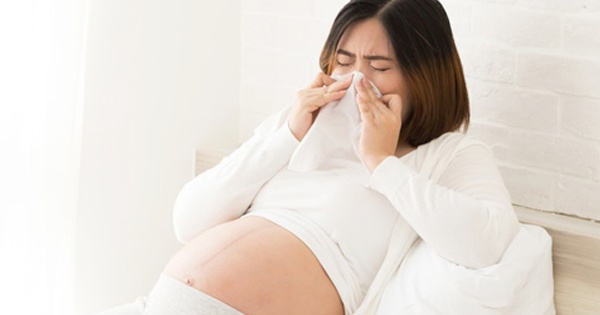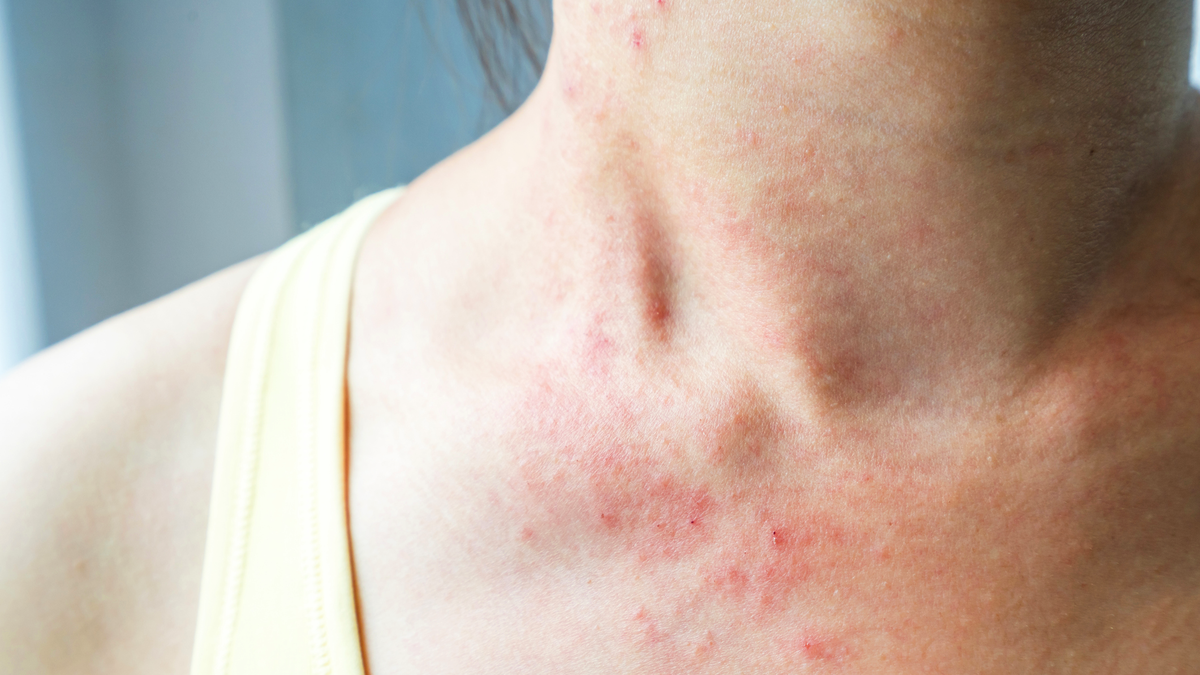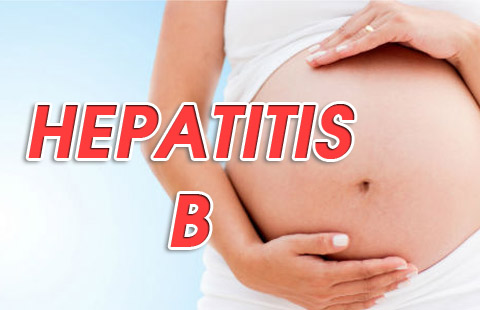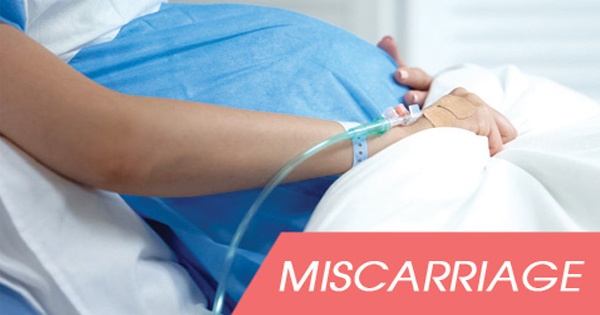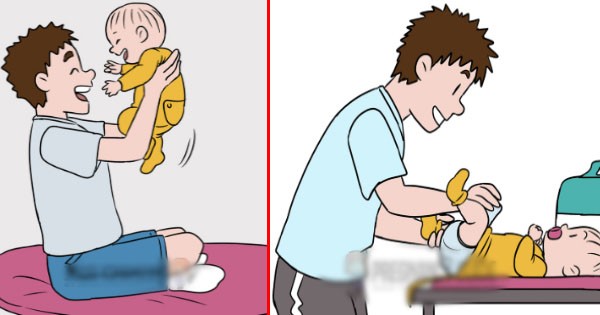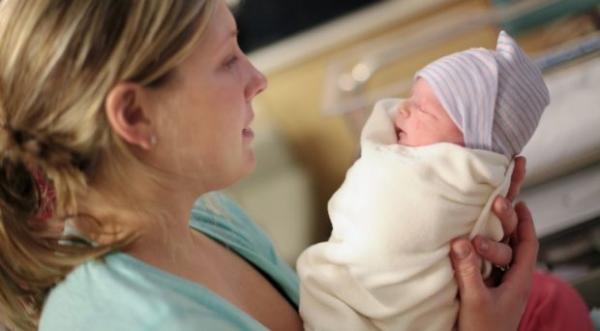
According to the World Health Organization, preterm labor is a labor between 22 and before 37 weeks of pregnancy from the first day of the last menstrual period. Preterm birth has a rate of 5% to 15% of the total births.
Premature birth – Dangers for mom and baby
Premature birth is dangerous for an infant, the higher the risk of maternity, the higher the premature pregnancy. In particular, premature babies have a high risk of neurological sequelae. Before 32 weeks, the sequelae rate is 1/3. From 32-35 weeks the rate of neurological sequelae is 1/5. From 35 to 37 weeks the sequelae rate is 1/10.
Taking care of premature birth is very expensive. In addition, when growing up, children also have mental consequences, a burden for the family as well as society.
A mom who is born prematurely is also prone to the retained placenta complications and postpartum infection.

Premature birth – Common causes
- Low maternal weight and/or poor weight gain.
- Not guaranteed and weak nutrition
- Hard labor, stress during pregnancy.
- Frequently exposed to toxic chemicals.
- The mom’s age is under 20 or over 40 years old.
- Addiction to tobacco, alcohol or cocaine
- Have urinary tract infections, vaginal-cervical infections, severe bacterial and viral infections.
- Have heart disease, liver disease, body disease, anemia
- Abdominal injury.
- Pre-eclampsia – eclampsia (9%).
- Have Phospholipid antibody syndrome.
- Have a history of preterm birth: the risk of recurrence is 25-50% in later births.
Premature birth – Local causes
- Young rupture of membranes, premature rupture of membranes, amniotic infection
- Multiple pregnancy and amniotic fluid cause the uterus to become too tight and cause premature labor.
- placental striker, premature detachment of the placenta
- Uterine birth defects such as a two-horned uterus, one horn, underdeveloped uterus, uterine septum: the risk of preterm birth is 40%.
- Uterine abnormalities such as uterine adhesions, uterine fibroids, and uterine scarring
- Surgical interventions at the cervix such as apical excision.
- Open uterine waist.

Threatened premature birth signs and premature birth signs
Threatened premature birth signs
- Severe abdominal pain or severe abdominal distention.
- May be vaginal mucus, bleeding or amniotic fluid.
- Appears 1-2 light uterine bouts for 10 minutes, continuous over 30 minutes.
- The cervix may be long and closed but can also be removed and opened to <4cm.
- Premature rupture of membranes, amniotic fluid opening, increased risk of infection, labor in a short time later.

Premature birth signs
- Severe abdominal pain, increasing pain.
- May produce vaginal mucus, blood or amniotic fluid.
- 2-3 uterine contractions occur in 10 minutes, gradually increasing.
- Cervix removed above 80%, or opened on 2 cm, the amniotic fluid begins to form or the amniotic sac breaks early.

Premature birth – Ways of prevention
After understanding the possible causes of premature birth, moms should actively prevent and eliminate risk factors such as:
- Do not travel far, so stay home 6 weeks before giving birth (8 weeks if over 3 children)
- Have a complete nutritional supplement diet. Especially adequate supplementation of DHA, EPA during pregnancy helps prevent premature birth significantly.
- Treat infections if any.
- Actively monitor and treat diseases such as pregnancy toxicity, diabetes
- Sew the cervix around 12 to 14 weeks if the waist is open.
Premature birth – Precautions for looking after babies at home
Due to premature birth, the organs of the child are not complete, are at greater risk of many diseases and complications later. Therefore, premature babies need a special care regime, they will soon adapt and grow healthy like other babies.

Grow kids by mom milk
Breast milk is the most ideal food for children, especially premature babies. Breast milk should be the baby’s first food to help the digestive system mature, because other foods such as cow’s milk, congee, stirring powder can easily cause a child with digestive disorders, creating an allergic reaction.
Breast milk also gives premature babies many antibodies against infection, avoiding many allergies such as eczema, asthma.
For premature babies, the ability to suck the nipple is poor, the feeding reflex is weak and slow, moms should be patient and regularly monitor the amount of breast milk, as well as the baby’s weight. On average, premature babies breastfeed 8-12 times a day, usually at least 150ml milk/kg weight/day. Characteristics when breastfeeding is enough to round belly after each breastfeed, urinating at least 6-10 times a day, clear urine and weight gain steadily.
Hygiene for children
When taking care of children, adults should wash their hands. Do not expose babies to respiratory illnesses and to smokers. When clothes or wet diapers must change immediately. Bathe the baby every day with warm water, avoiding drafts in the shower.
Vaccination against diseases
The first shots are TB and hepatitis B:
- Children weighing more than 2,000g, will be vaccinated as soon as they are discharged from the hospital or at the beginning of 2 months.
- Children weighing less than 2,000g will be vaccinated at 2 months of age.
Other issues that need follow-up and routine check-ups will follow the advice of the pediatrician
Signs to take premature babies to medical facilities immediately

- Jaundice increased rapidly,
- Sleep a lot, wake up hard,
- Poor feeding,
- Shortness of breath, pale lips, eyes or mouth,
- Fever or hypothermia,
- Urination> 12 hours,
- No bowel movements> 4 days or black or bloody stools
